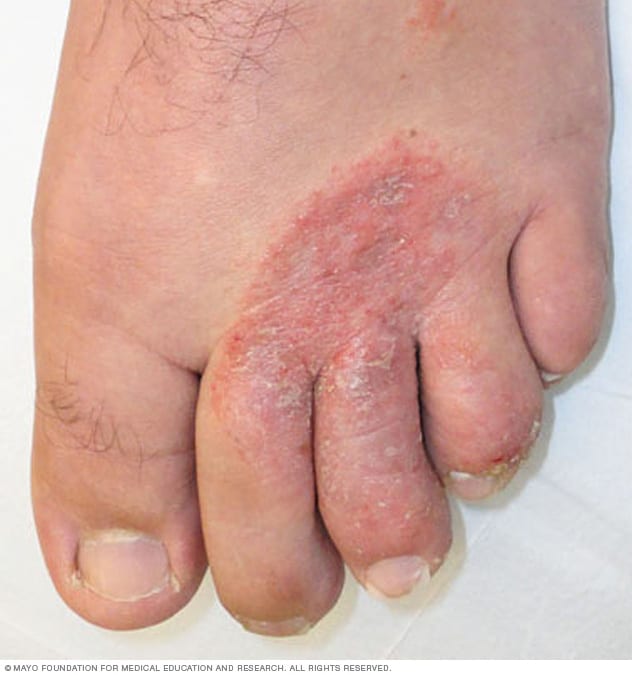

Athlete’s foot is a common fungal infection that affects the skin of the feet. It is caused by a fungus that thrives in warm, moist environments. Athlete’s foot can cause a variety of symptoms, including itching, burning, scaling, and cracking of the skin. In some cases, Athlete’s foot can also lead to blisters or a more serious infection.
The most common symptoms of athlete’s foot include:
Some Athlete’s foot infections are harder to detect. The margins of the foot can be affected, with the infection masquerading as simple hard skin.
If left undetected, the fungal infection can spread to the nails, causing discoloured and thickened toenails.
How to prevent Athlete’s Foot
There are a number of things you can do to help prevent Athlete’s foot, including:
How to cure Athlete’s Foot
If you think you have Athlete’s foot, it is important to see a podiatrist for diagnosis and treatment. There are a number of over-the-counter and prescription medications that can be used to treat Athlete’s foot. Your podiatrist will be able to recommend the best treatment for you. Treat the skin for a good week after the infection appears to have cleared.
You will also need to treat your shoes and socks to prevent re-infection, as the fungus can live in shoes for over a year. Shoes can be treated with an antifungal spray, whereas socks need to be washed at over 60 degrees Celsius to kill off fungal spores.
If you are concerned about Athlete’s foot, don’t hesitate to be seen by a podiatrist. Call us now on 020 8693 6000.
Arthritis in the joints of the foot be painful, impacting on both mobility and your…
Musculoskeletal conditions can cause persistent pain, reduced mobility and a significant impact on daily activities.…
World Cancer Day, observed on 4th February, serves as a reminder of the challenges faced…
As winter sets in, many people experience chilblains, a common and uncomfortable condition caused by…
Engaging in winter sports like skiing, snowboarding, and ice skating offers exhilarating experiences but also…
November is Diabetes Awareness Month, a crucial time to highlight the connection between diabetes and…